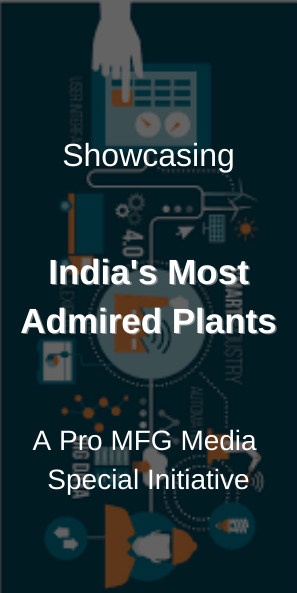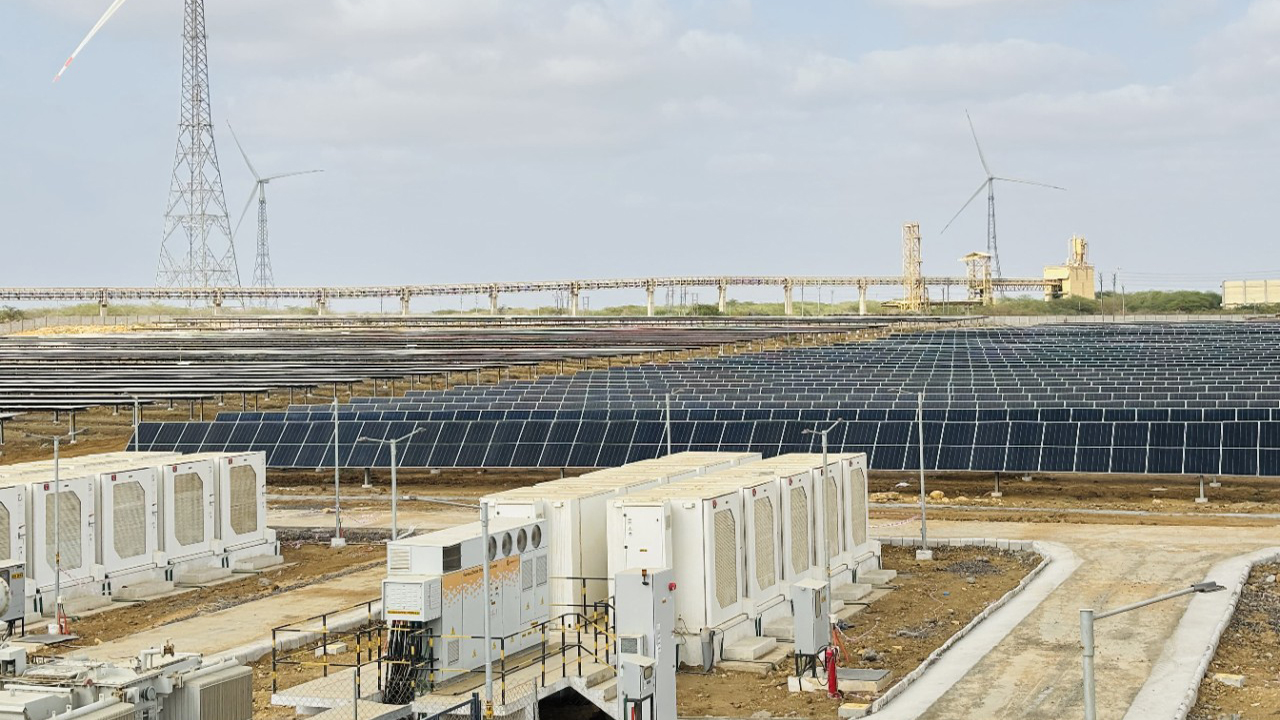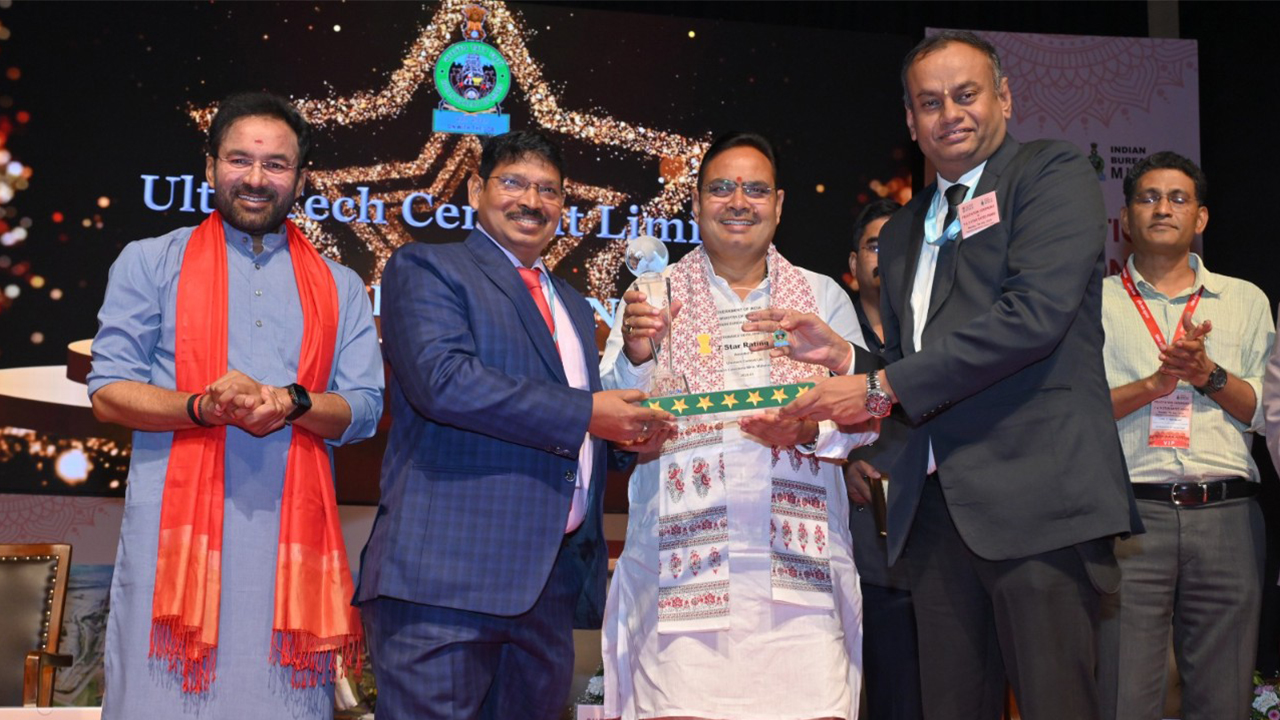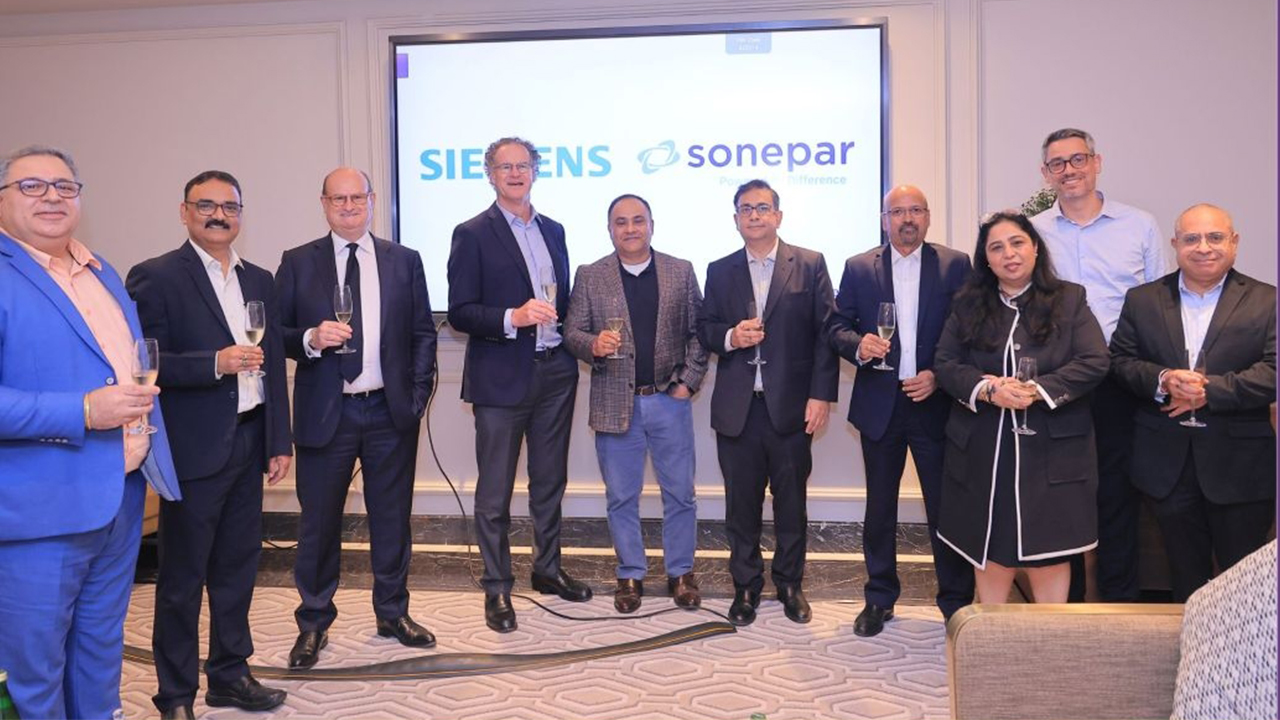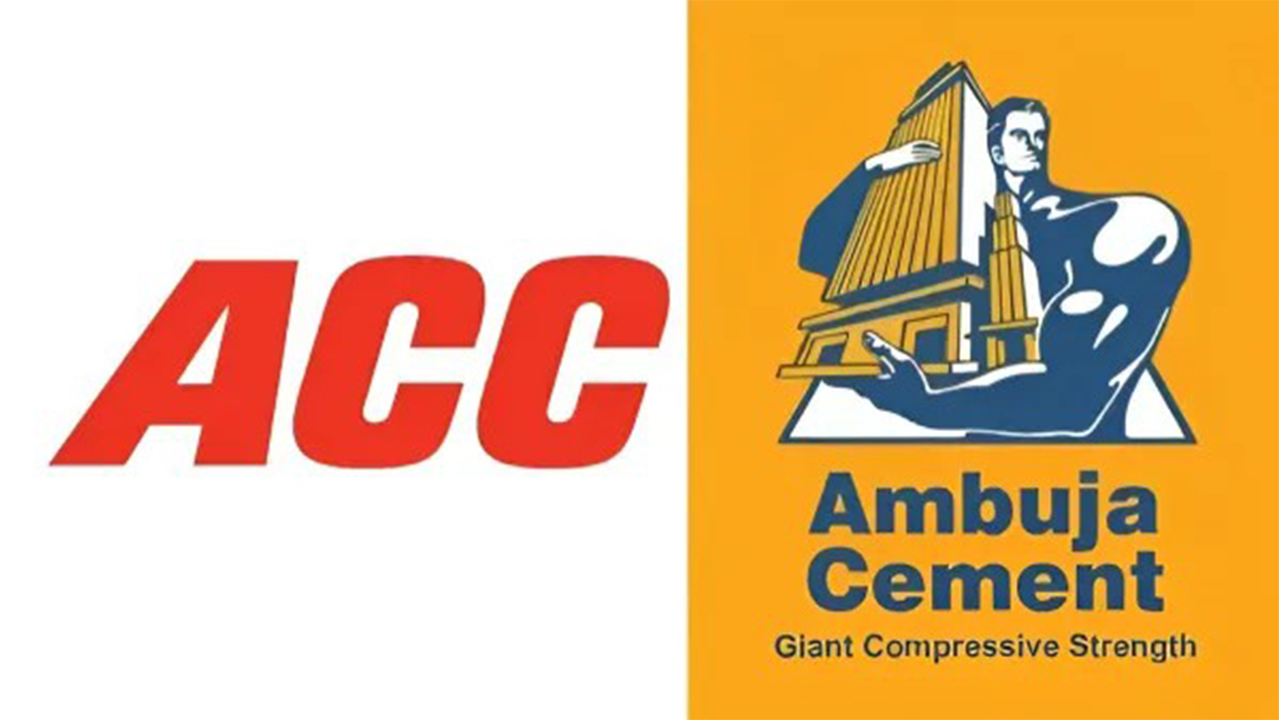Procyon Mukherjee, has been an industry leader in Supply Chain Management; his career spans 34 years starting from Philips, Indian Aluminum Company, Hindalco, Novelis and LafargeHolcim. He specializes in a number of subjects within Supply Chain that includes Strategic Sourcing, Logistics Optimization, Logistics Cost and Waste Reduction and Sustainable Procurement. He is currently authoring a book due for publication, "The Search for Value in Supply Chains". Procyon has initiated a venture, “Prep-Gen: Preparing the next generation of Supply Chain Leaders”, that includes the digitization of the Covid 19 Vaccine Cold Chain as well.

The three-decade old discovery of a concept, Competitive Advantage, by no other than Michael Porter, is still relevant in current times; but there are some competing concepts that are equally poignant. Take for example the ability to recoup or recover from a major disruption and that itself could be an advantage to build on. There are some great examples in Supply Chains that includes manufacturing, especially in times of Covid-19. In India as an industry, Cement is a brilliant example that has demonstrated fastest recovery; how could it do so well?
The Cement demand first of all came to a grinding halt and then within a quarter it shot up higher than the previous year’s same quarter; preparing and building a supply response was not easy. The starting point was to create a sense of emergency, not only among the constituencies that are inside the firm, but also those outside. The suppliers had to be the one who needed to respond, exactly the way the industry wanted them to.
The first response was to cut everything, all contracts were put on hold and Force Majeure was issued as the ability to honor commitments and liabilities in the contract was enfeebled by a situation when there was total stoppage of work. The suppliers had to be brought to the table for re-negotiation of all contracts with an intentionality and purpose carefully communicated to them, the response was only positive. The cost cutting was important to execute as otherwise the second quarter of the year would have been even worse.
But cost cutting meant a beginning of a new signal of alignment to common goals. The suppliers knew that when things would only become better, the sharing of the gains could be discussed. Also there were better performing suppliers who would be rewarded differently, while the worse performing ones were meted out with the reactions they deserved. Thus supplier performance became an entry gate for further business.
In the period of lockdown, most maintenance programs were shifted to in-house programs instead of relying on third parties. A careful assessment was done which maintenance was at all necessary and the lockdown was used to close all maintenance programs for the year. It was difficult to organize gangs from outside, but the entire maintenance and procurement teams worked together to make it happen. Getting entry passes from one state to the other, even from one district to the other were important factors that needed senior level attention.
The production departments worked tirelessly to review productivity norms and see how with minimum manpower, the factory could be run. Every person entering the gate was scrutinized by senior management to ensure that the right numbers were actually getting in.
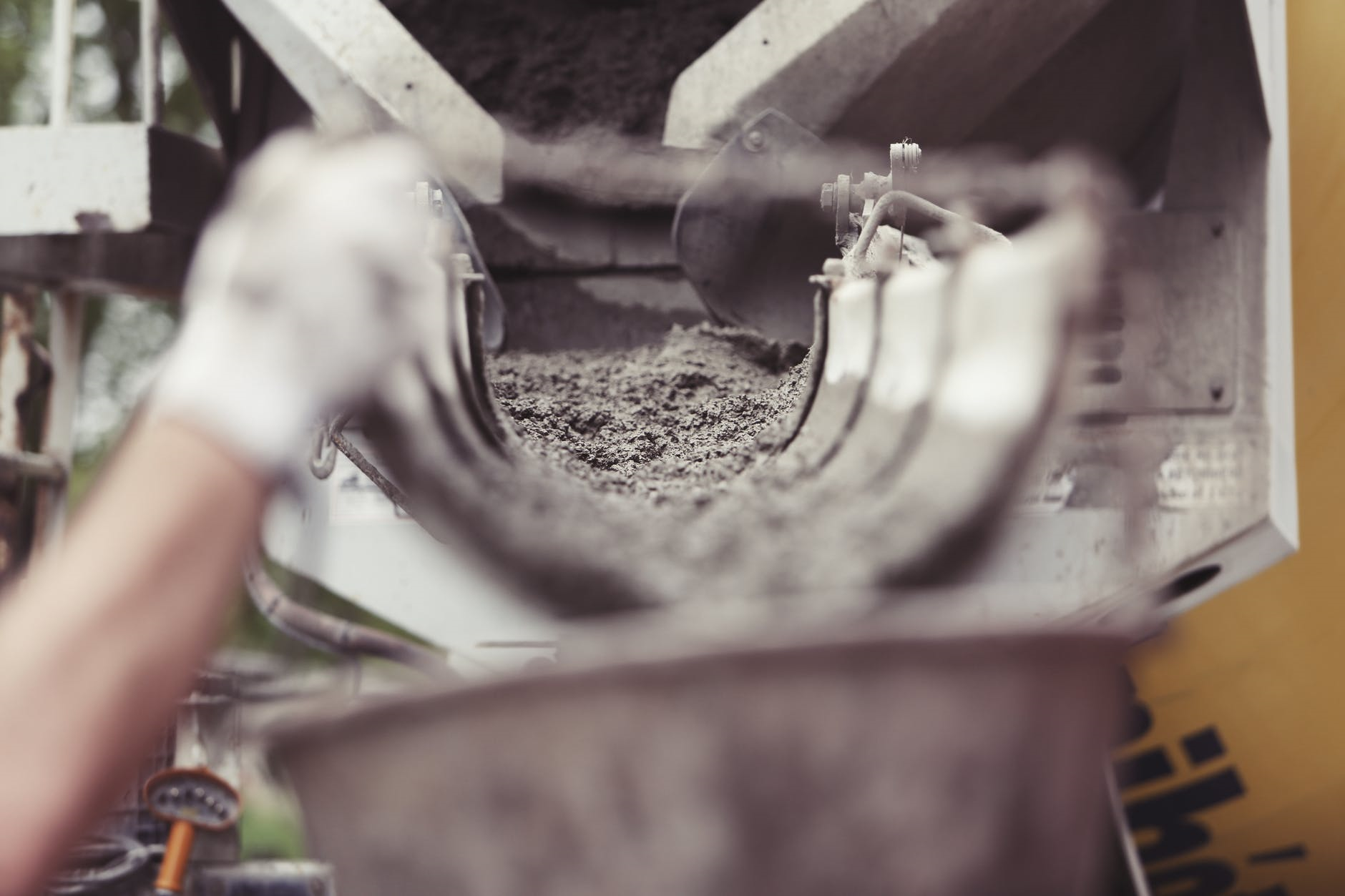
Some of the longer parcels from overseas, like Pet Coke or Coal were either on high seas or in ports waiting to be shipped out. These were either stopped or the cargo was diverted to other destinations than India. There were a few parcels which were actually sold at better rates than at what they were bought. Every container waiting to be put on the ships from Europe or China was stopped and Force Majeure was used everywhere.
While all this was happening in the Cement industry, mostly in manufacturing and supply chain areas, the logistics piece was no less onerous. The logistics industry faced the biggest bottleneck as the stock of drivers, went down due to the movement of migrant labor and it took a while to get them back. It needed very minute tracking and partnering with the trucking community to be able to recoup the driver pool back.
So when the demand came back in two months, the industry was ready to respond. This time the orientation of demand was more rural than urban, but the industry prepared themselves well and the response was good.
Think of the most efficient erstwhile models of manufacturing-supply chains, they were built on scale economies, buying power in procurement, concentration of geographic advantages, logistical efficiency, footprint mapping, network optimization and technological alignment to the needs of the chain from a feedback standpoint. To replace any constituent in the chain would have meant factoring additional costs, such was the power of the inter-connectedness in the chain.
But Covid-19 broke this grind and a new construct is likely to evolve as one needs to factor in the risks that these highly efficient chains had to bear and it is a wrong assumption that costs would be a pass-through. Start with the procurement cost itself, nothing can be accepted as a pass through anymore. If a certain construct of a supply chain ended giving you a certain cost, the new reality is that this equation needs to be rebuilt as prices are most likely not going to clear the market, the costs better reflect the new reality. The acceptable pass-through elements like overheads, margins and part of the fixed cost in the chain is no more a given.
Take demand on a chain and it must be met by the requisite supply or vice versa. If you have multiple stocking points where this signal is interchanged versus one single piece, in a pre-Covid-19 world, it would have a no-brainer to vote for lesser number of pieces. Are we sure in the Post Covid-19 world? So these are the new constructs.
Think of the enormous risk of producing entire assembly in China by sourcing from so many countries into China and then shipping everything to U.S. and then distributing from U.S. to the entire world as in Apple supply chains. Is this model going to work now? What are the risks in the near term of this model if it is again constructed the way it has been done in the past?
The problem with this approach is that value as a differentiator has to be the new approach, no more costs. But value is always difficult to decipher and measure but we could try to construct that.
In a post Covid-19 world, to start with, responding to signals quickly and efficiently more than the factor cost advantages will differentiate leaders from the laggards. Responding to shocks will be the new normal for understanding value. Risks would have to be ascertained with far more rigor.
Agility and anti-fragility are both going to be new tenets of competitive advantage, at least the Indian Cement Industry case study has shown during Covid-19 times.
NEWSLETTER
TRENDING ON PRO MFG
MORE FROM THE SECTION

